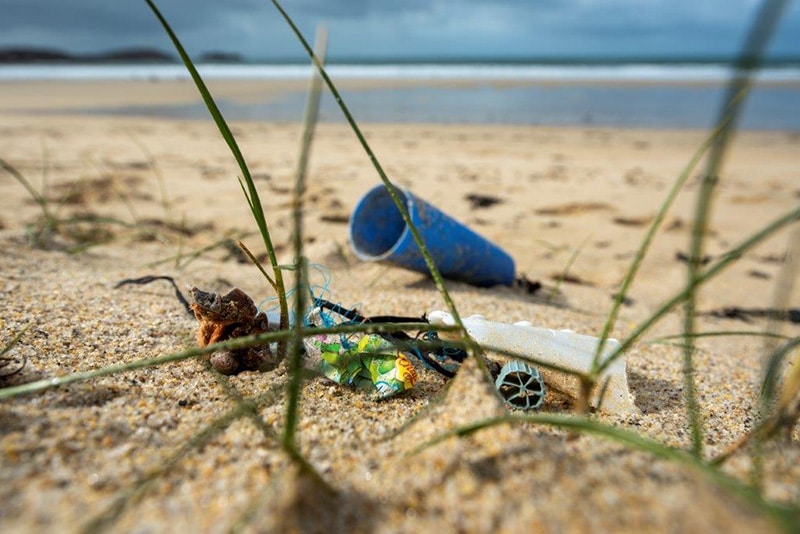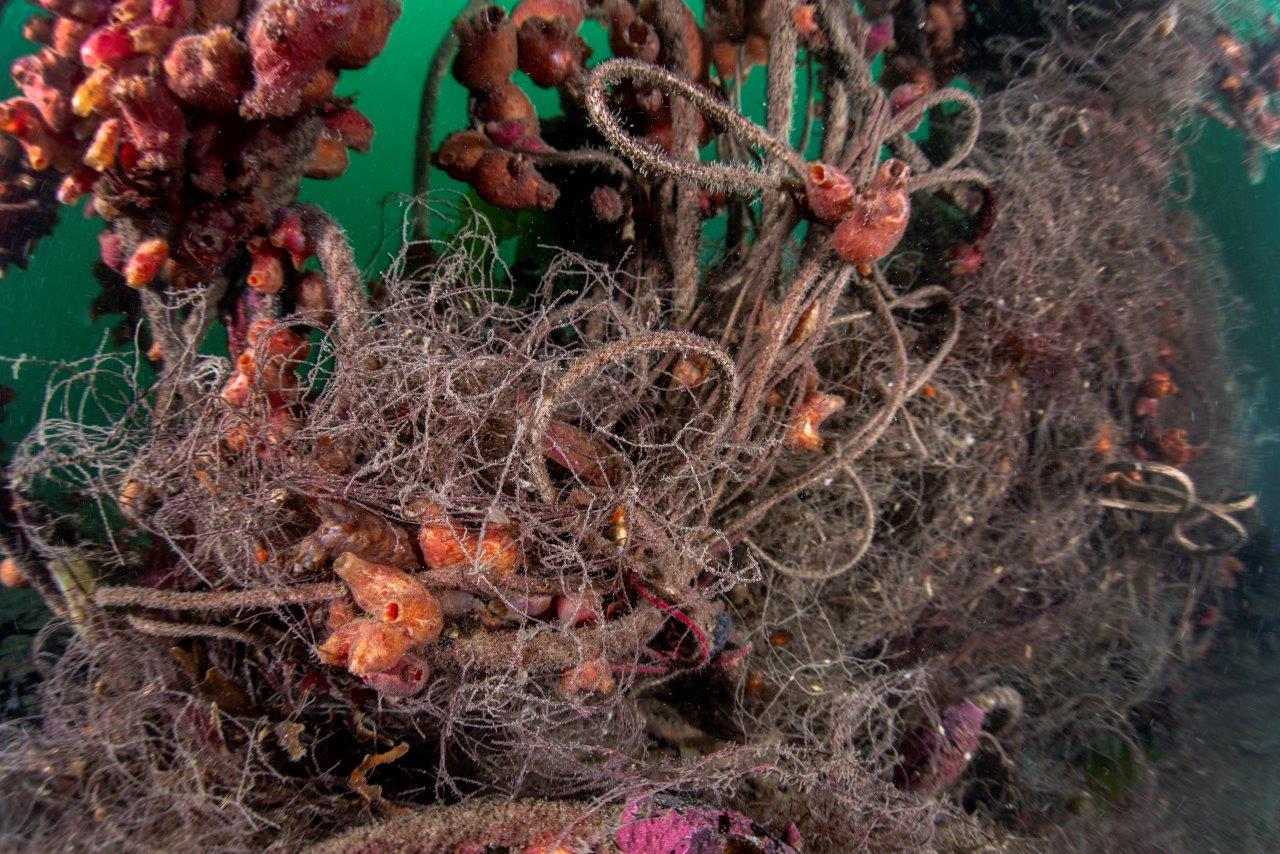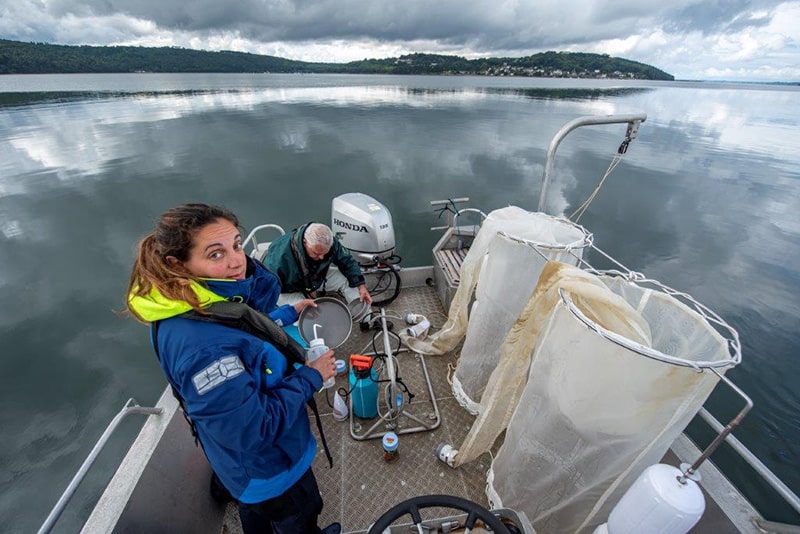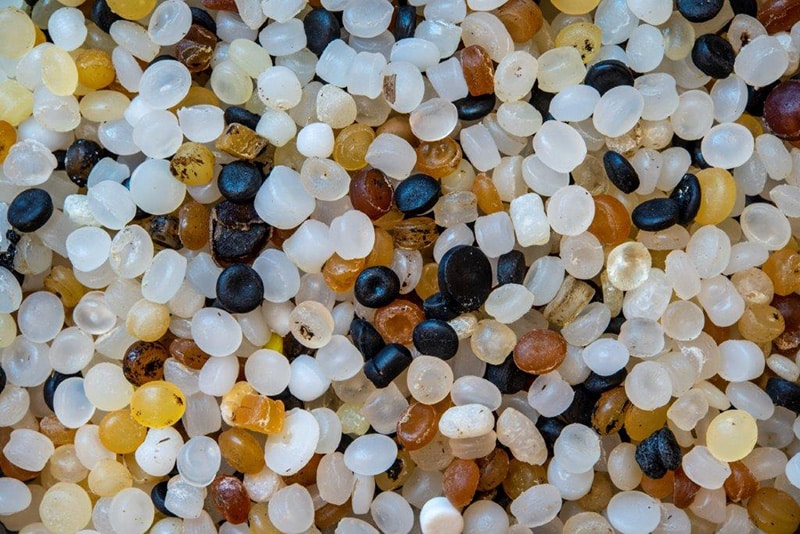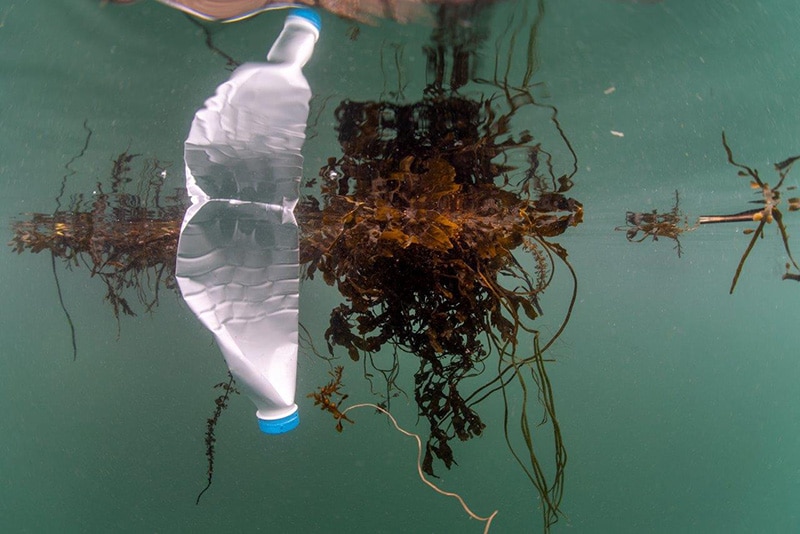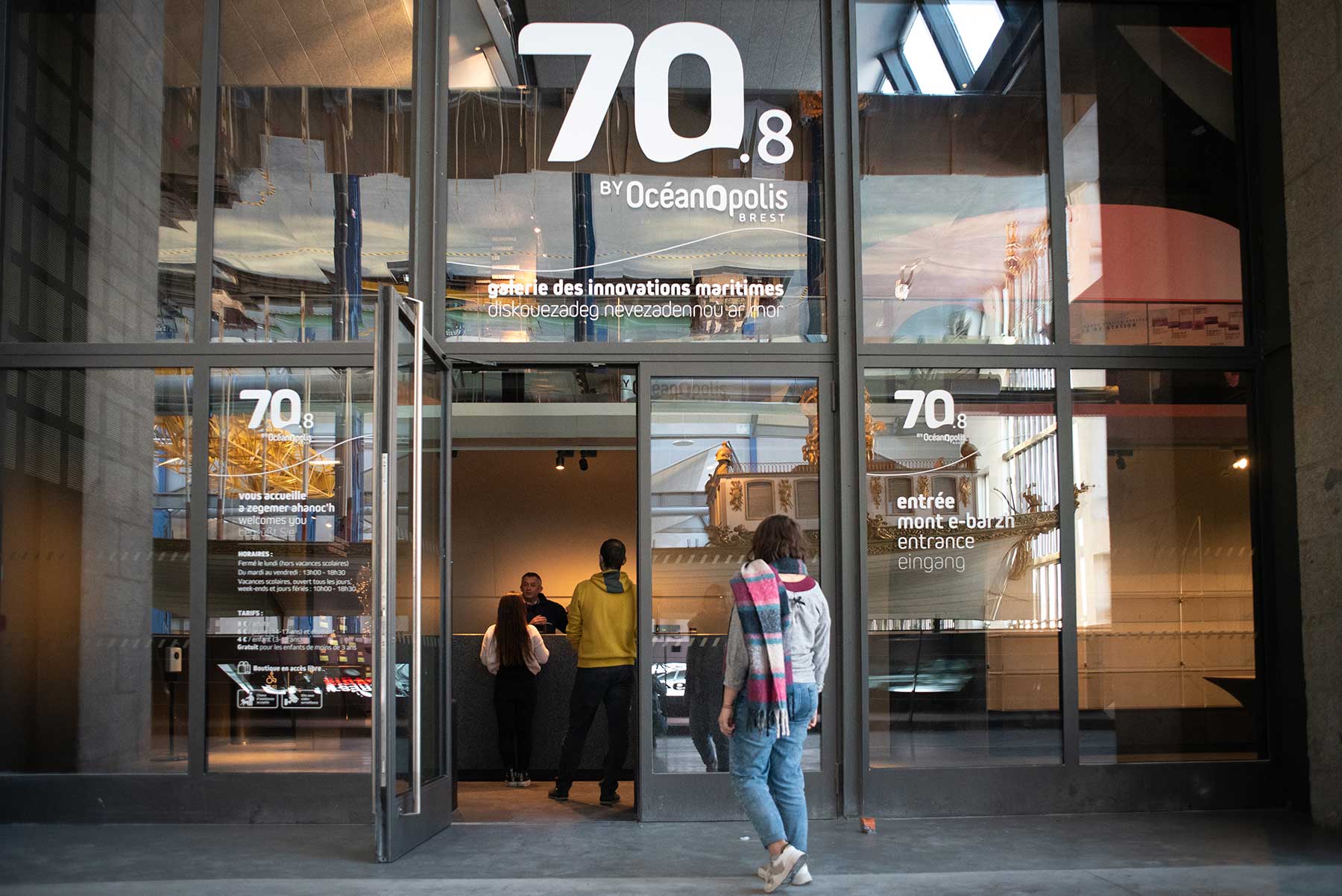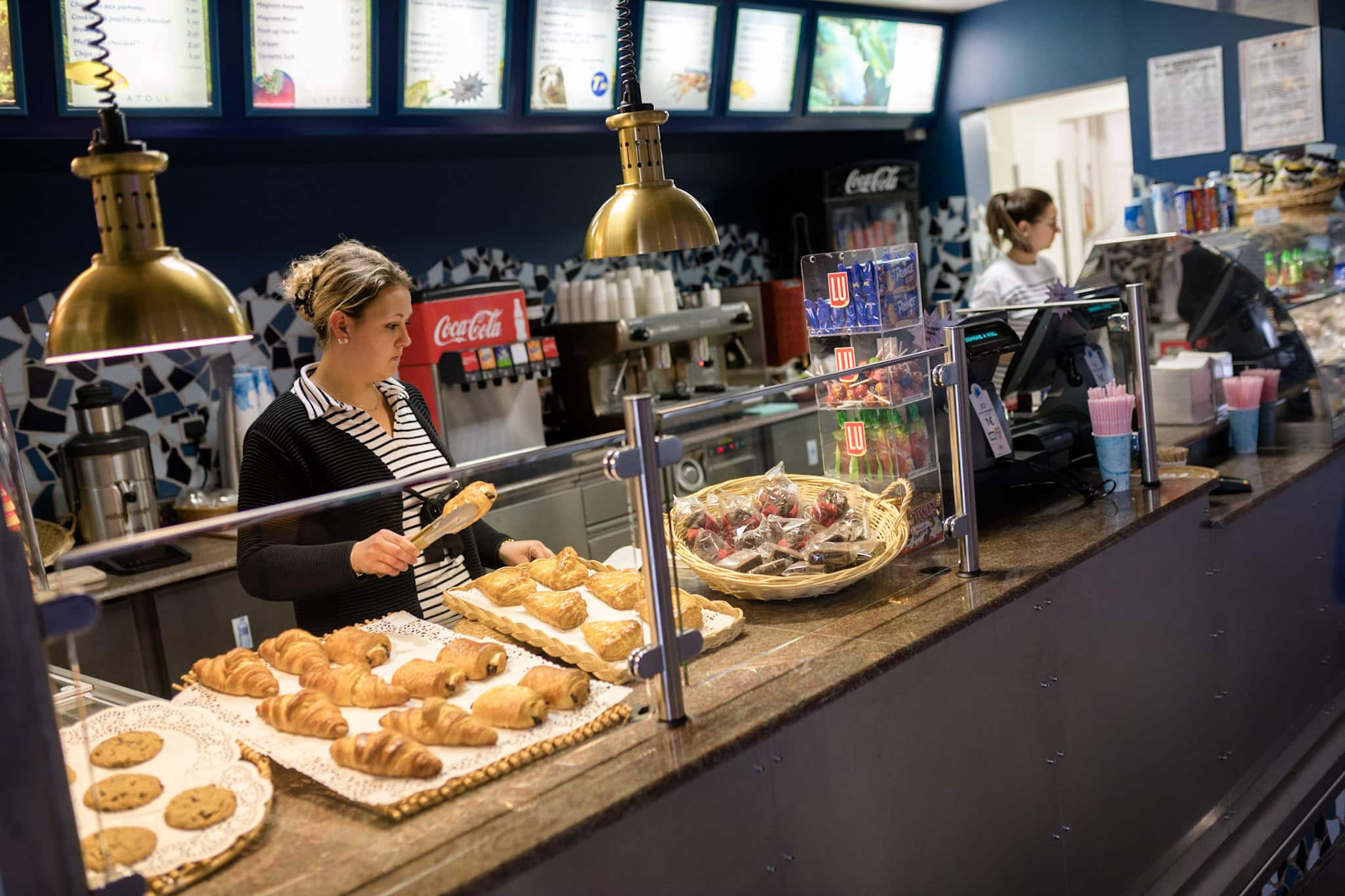News
PLASTIK PANIC IN THE OCEAN

Location | Promenade du Moulin Blanc, just outside Océanopolis
Free. Open to all.
Ideally positioned opposite the Bay of Brest, the exhibition takes both a scientific and artistic approach to raise awareness of the challenges of plastic-free oceans and to support actions that encourage a more frugal use of plastics and responsible consumption.
From observation to action, the visible pollution of large plastic waste gives way to microscopic fragments, less apparent but even more abundant. Various laboratory analyses of microplastics make it possible to describe their properties and identify the material concerned. Experiments provide answers, allowing us to understand the consequences of microplastics on marine organisms and ecosystems.
More than 90% of plastic waste floating in the sea is less than 5 mm in size. These are what we call microplastics.
Acquiring knowledge also requires passing it on to schools and the general public in order to raise awareness and encourage action for sustainably preserved oceans, and for a sustainably protected future.
GETTING CLOSE TO SCIENTISTS
The photographs on display reveal the daily lives of scientists from the Laboratory of Marine Environmental Sciences (LEMAR) in Plouzané (CNRS, Ifremer and UBO) involved in the study of microplastic marine pollution. This testimony offers the unique proposition of an artistic approach fed by the professional experiences of the research team.
Throughout this journey, viewers can discover the Plastik Panic in the Ocean exhibition and join scientists in their everyday lives.
From the field to the laboratory, the exhibition explores the working environment of scientists, revealing their actions, and allows viewers to discover the diversity of techniques and tools used in their research on plastic pollution: nets to recover microplastics according to size, manual sorting and advanced technologies to isolate and characterise these plastic fragments etc.
FROM SCIENTIST TO CITIZEN, A MOVEMENT
Understand the origin of ocean plastic pollution, identify the consequences on ecosystems, marine biodiversity and humans, find solutions and imagine new ones, reduce, reuse, recycle, take action!
The 21st century marks a major turning point in human considerations of their environment. Never before has pollution so mobilised our societies.
Océanopolis has been uniting the arts and sciences for 12 years through the Young Reporters of the Arts, Sciences and the Environment project offered to schools. In recent years, the theme of marine plastic pollution has been used in the projects conducted in class. The last photograph in this exhibition illustrates the involvement on this theme of the Applied Arts students from the Vauban high school. Through the capture of this movement, the photograph reveals a young generation conscious and working together to find solutions to combat plastic pollution.
Raising awareness of marine plastic pollution is one of Océanopolis’s major commitments, in particular working alongside LEMAR scientists in the Preventing Plastic Pollution (PPP) project. Océanopolis collects and transmits information so that everyone can understand and prevent plastic pollution. The first school plastic hackathon allowed students to imagine a world without plastics.
The Plastik Panic in the Ocean exhibition is a new expression of this collaboration with scientists. It reveals the hopeful testimony of committed research, convinced of the importance of scientific culture and of a young generation taking action.
INFORMATION
The Plastik Panic in the Ocean exhibition is designed and produced by Océanopolis and scientists from CNRS, Ifremer and UBO, who are grouped together within the Laboratory of Marine Environmental Sciences (LEMAR), in partnership with Brest city council.
Freely accessible on the promenade of the Moulin Blanc marina, near the entrance to Océanopolis, the exhibition offers a pathway of 15 photographs that illustrate the views of researchers working on microplastic marine pollution in the Bay of Brest and its watershed.

![]()
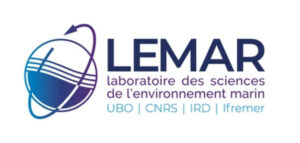
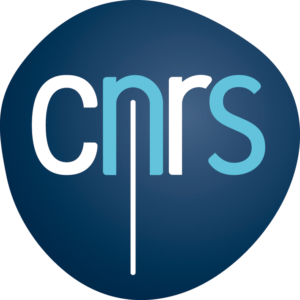
![]()


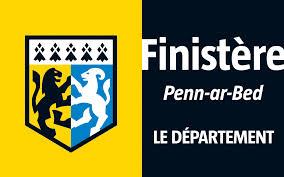
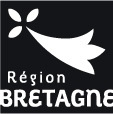
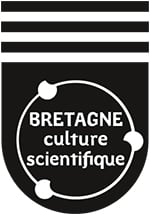
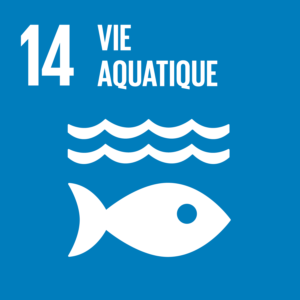








 SUMMER HOLIDAY ACTIVITIES
SUMMER HOLIDAY ACTIVITIES 
